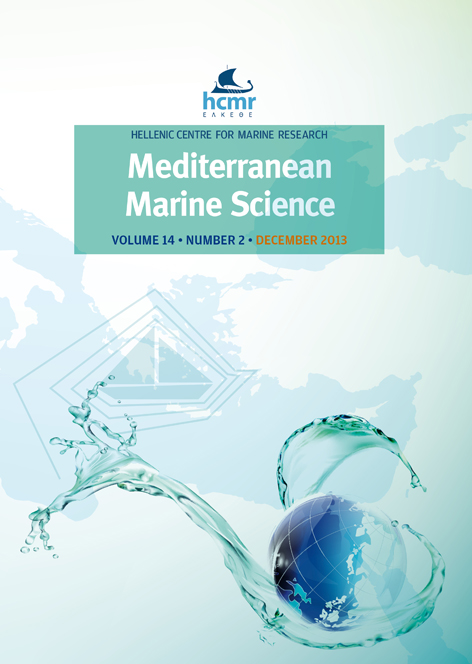V. UNAL
Ege University, Faculty of Fisheries, 35100 Bornova, Izmir
D. ACARLI
Ege University, Faculty of Fisheries, 35100 Bornova, Izmir
A. GORDOA
Centro de Estudios Avanzados (CEAB-CSIC) Acc. Cala St. Francesc 14. 17300 Blanes, Girona
Abstract
The economic and harvest impacts of Marine Recreational Fishing (MRF) in Çanakkale Strait were analysed along with fishing policy, sociology and habits of fishers. Data sources included field survey data carried out along the entire length of the Çanakkale strait and policy information gathered from published sources. MRF policy is commendable, even in the fishing tourism sector, and is better developed than that in many other European countries. In Çanakkale, 9.9% of the population is recreational fishers. Recreational fishers are typically men (90%), primarily those between the ages of 25 and 49 yrs. The occupation of the recreational fishers ranged from self-employed (28%), students (28%), retired persons (22%) and public employees (15%), to currently-unemployed persons (7%). An analysis of diel behaviour showed that most recreational fishers preferred fishing during the day (56.1%), while the evening was the next most preferred time for fishing (18%), followed by the night-time (9.8%), while a substantial number of recreational fishers (16.1%) reported that they fished at any time of day. The most popular type of fishing was shore-based (68%), followed by boat-based (21%), and underwater fishing (11%). The mean daily fishing times were 6.07 h d-1, 6.18 h d-1 4.75 d-1 for boat-based, underwater and shore-based fishing, respectively. Summer and autumn were the preferred seasons for shore-based and underwater fishing, while autumn and winter were preferred for boat-based fishing. The highest Catch per Unit Effort (CPUE) was observed for boat-based fishing (2.77 kg h-1), followed by underwater (0.97 kg h-1) and shore-based fishing (0.81 kg h-1). The catch composition included 51 species, though the catch composition of each fishing type was mostly comprised of only 3 or 4 species. The impact of the MRF harvest was high (30% of commercial fishing), particularly for bluefish (Pomatomus saltatrix) and picarel (Spicara smaris) species. The economic impact of MRF was highly negative. Several indicators including the following revealed a high percentage of trading catch (47%) being conducted under the guise of a recreational label: annual fishing intensity, total costs, target species, and sales. At present, it is evident that the highly developed recreational fishing policy in Turkey is not sufficient to ensure that recreational fishing is sustainable or to prevent fishing conflicts in Turkey. This study revealed the need for establishing monitoring, control and surveillance programs to ensure the sustainability of fish resources and fisheries including MRF.






